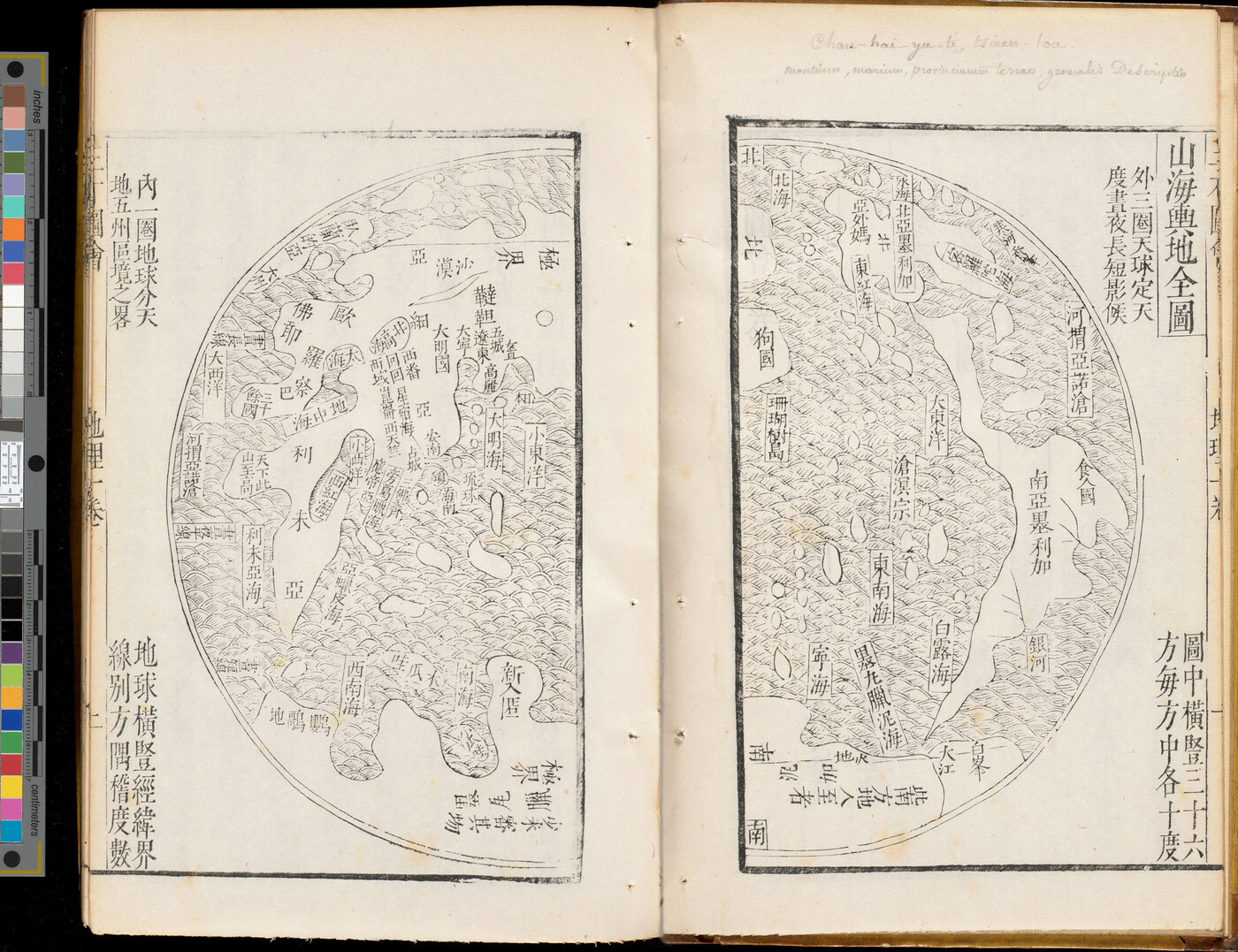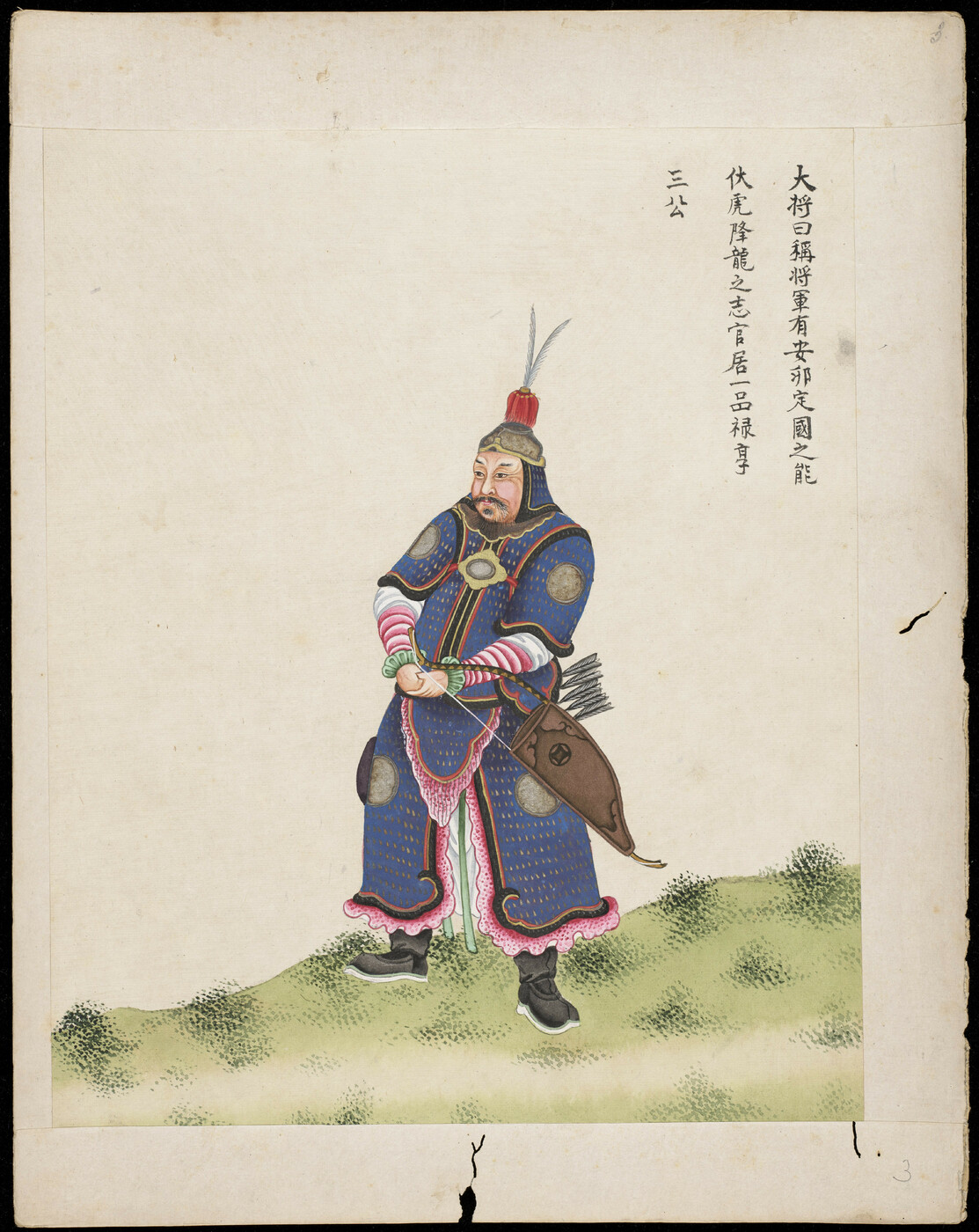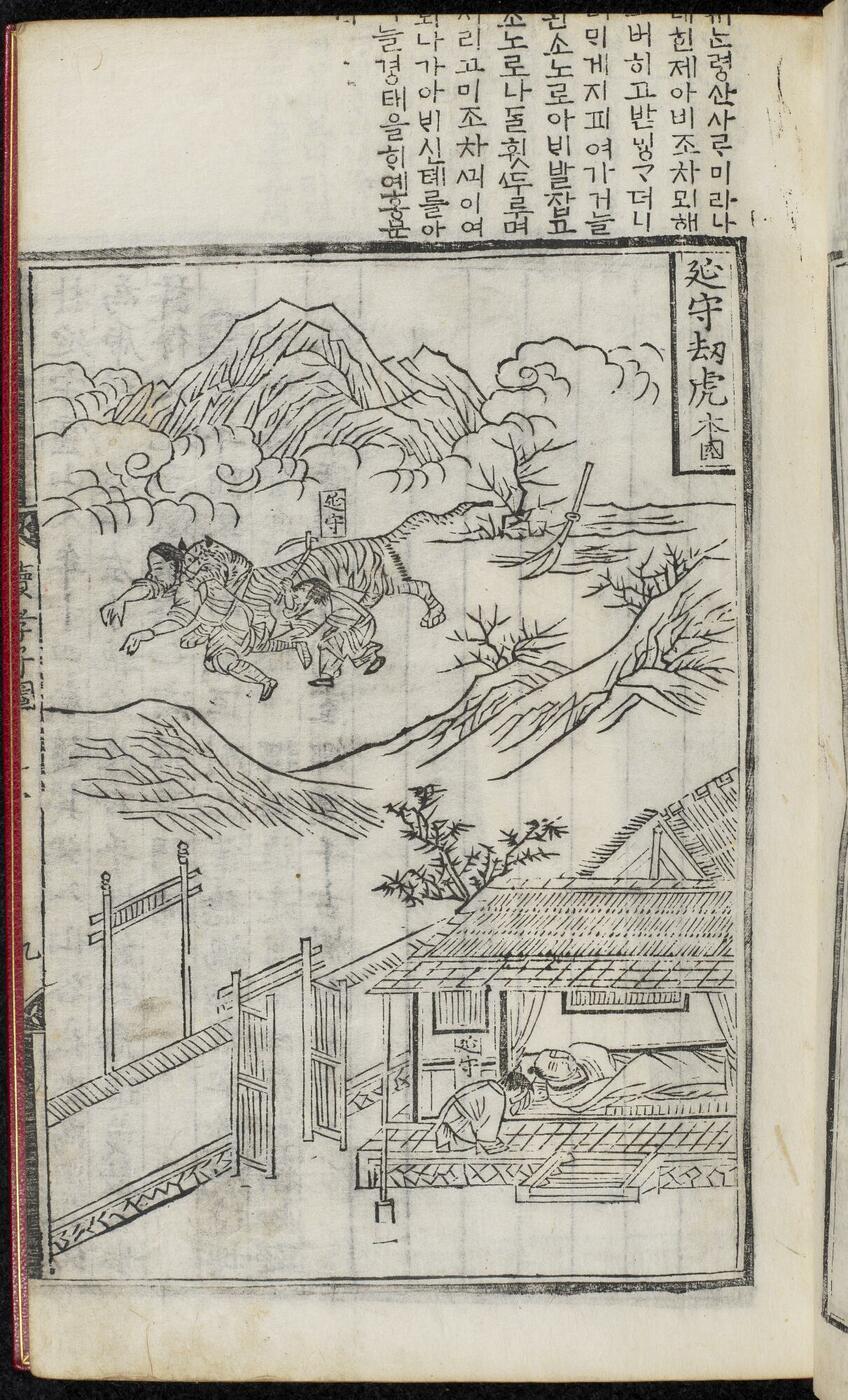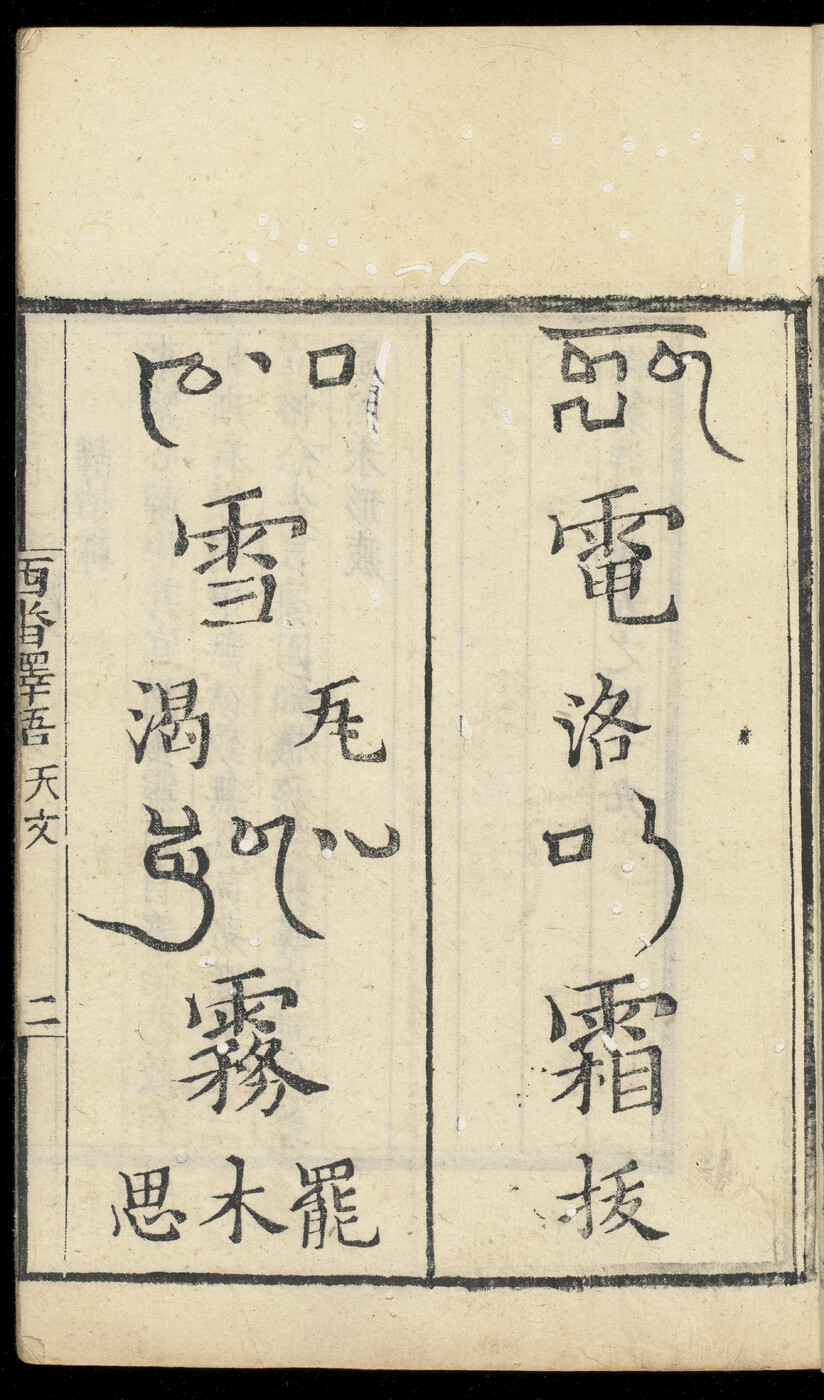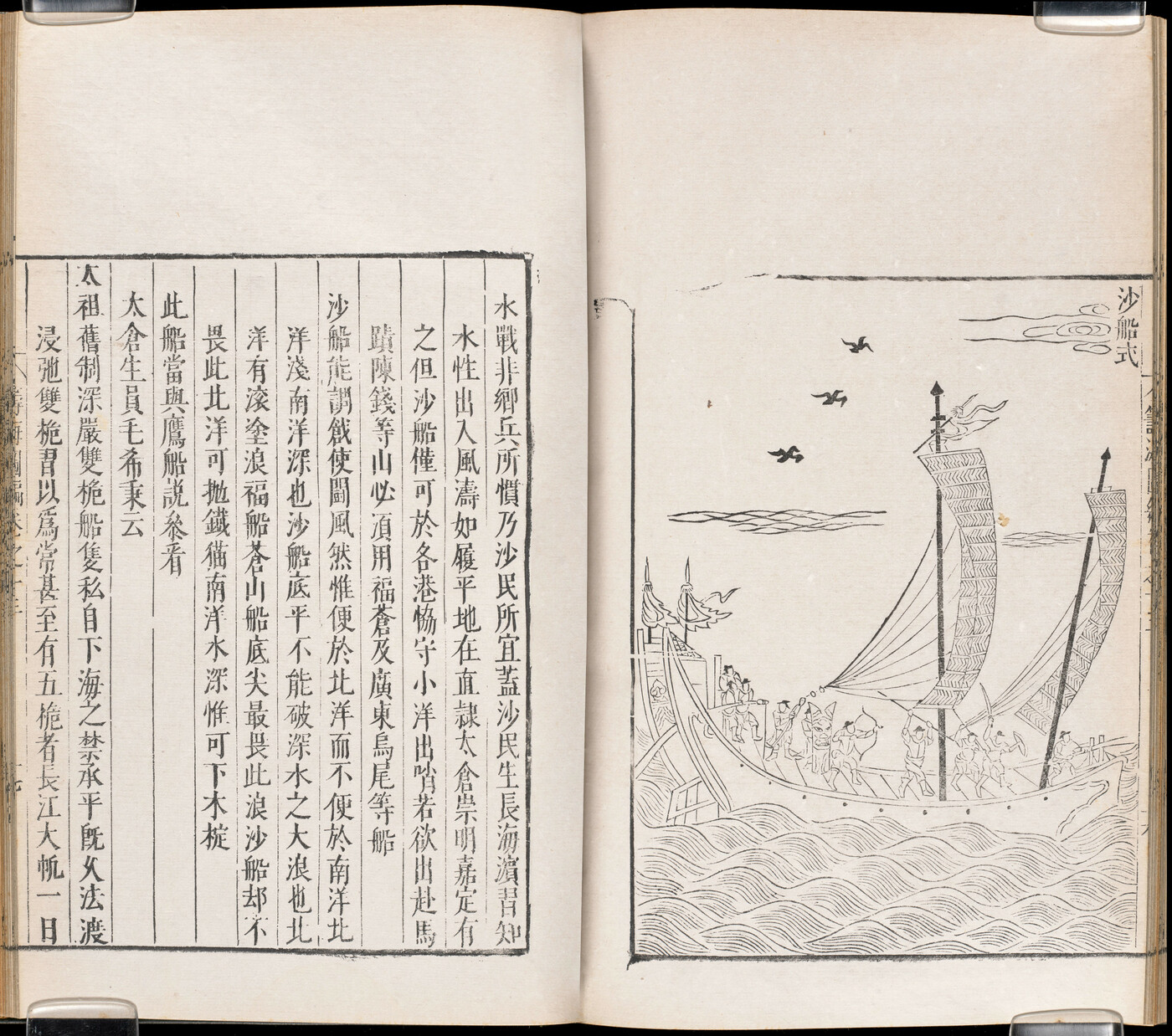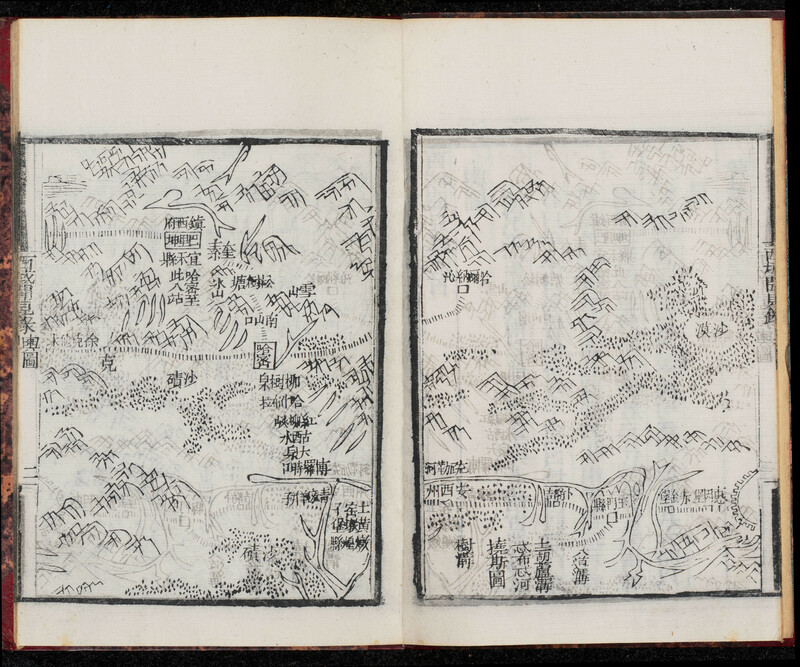Military conquests between the reigns of Emperor Kangxi and Emperor Qianlong resulted in the most extensive empire ever ruled from Beijing. By the mid-18th century, it encompassed the north-eastern Manchu homelands, Mongolia, Tibet, Taiwan and the vast lands of Central Asia, today known as Xinjiang.
Qing military also clashed with other empires seeking to expand their power such as the Russian and British.
Celebrations of military values occur across Qing culture, from religion to theatre. In this portrait, the general wears a Manchu-style hat with two feathers. He is praised for his “ambition to subdue tigers and pacify dragons” (伏虎䧏龍之志).
Ref. Chinese Drawings 35
As well as military conquest, the Qing used ‘soft power’ to shape its reputation. The empire promoted both the Chinese writing system and Confucian values across borders. This Korean-Chinese story is about a boy named Shou who proves his filial piety, a key Confucian idea of family loyalty, by confronting a tiger.
Ref. Chinese Crawford 462
This glossary is witness to the professional language study fostered by the Qing. Tibetan language was important for Qing emperors expanding into Tibet. They presented themselves as Tibetan-style bodhisattvas or saints.
Ref. Chinese Crawford 431
While imperial Chinese expansion is mostly associated with overland routes, the seas also played a significant role. The flat-bottomed ‘sand ship’ (shachuan 沙船) was often used for inland grain transports but could equally serve as a warship, as this illustration shows.
Ref. Chinese Crawford 79
Written by a Manchu official at the western edge of the empire, this book describes people encountered across Asia and Europe. From the Russians to the Ottoman Turks, the author tells of his own experiences at the expanding Qing frontier.

